Callaway Epic Flash Sub Zero Driver
After two years of wildly successful drivers, Callaway has managed to find a way to step up their driver game even more. Through the use of Machine Learning and Artificial Intelligence (A.I.), Callaway engineers designed a new face to increase ball speeds for more distance. In addition to the new face, the Callaway Epic Flash Sub Zero driver features a new adjustable perimeter weight unlike the Sub Zeros that came before it. What I’m trying to say is, this driver is really cool…
The Looks
Cosmetically, there are quite a few new changes to the Callaway Epic Flash Sub Zero driver. This generation of drivers brings back the green-based color scheme of the original Epic lineup with the addition of bold yellow lines. Also, the Epic Flash Sub Zero features a sliding perimeter weight which is new to the SZ driver. This obviously changes the look of the sole quite a bit, but doesn’t impact the appearance behind the ball. On the face, there’s a “bullseye” on the sweet spot emphasizing the hotter center from the use of A.I. and Machine Learning.
Callaway stuck with the carbon fiber theme on the crown for the Epic Flash woods. Something about the shape of Callaway Epic Flash Sub Zero driver reminds me of Callaway drivers of yesteryear. At address, the head has sort of a “bulb” look to it and the toe sits a little higher than the two previous Callaway models. If I had to pin the profile to a previous Callaway driver, I’d say it’s reminiscent of the old Diablo. Overall, the Epic Flash Sub Zero definitely has a modern look to it with clear classic influence from Callaway’s past.
Articifical Intelligence & Machine Learning
Callaway used “Artificial Intelligence and Machine Learning” to develop the new Flash Face used in the Epic Flash drivers. The use of this technology allowed Callaway to perform tests on over 15,000 virtual face prototypes. By processing these 15k prototypes through a supercomputer, Callaway was able to find the best face design to optimize ball speed wherever you hit it on the face. The use of the supercomputer allows them to test and fail or succeed quickly so they can run through as many designs as possible. The end result was the Flash Face found in the Epic Flash Sub Zero. Callaway’s winning design has more elevation in the center of the face. This design demonstrated the greatest distance out every model ran through the supercomputer tests – especially in the sweet spot.
How Does it Feel?
Going into this review, the feel of the Callaway Epic Flash Sub Zero driver was the one area I was most curious about. Though I was plenty familiar with the impact on feel from Jailbreak, the new weighting and the A.I. face had potential to really throw me for a loop. What I found was that the Epic Flash Sub Zero had some of the hottest feel off the sweet spot I’ve ever seen from Callaway. The Flash Face generally feels active, but when you catch one on the screws it feels like the ball shot out of a cannon. In fact, I repeatedly stated, “I’m not sure I’ve ever felt a face that feels this hot.”
If you need a refresher on Jailbreak, it’s designed to stiffen the crown and sole so the head is more rigid and stable at impact. This results in more energy transferring from the face to the ball for more speed. I found that the models with Jailbreak, including this Epic Flash, have all had a much more solid feel at impact. Think of it more like the head keeps its shape and is powerful through the ball rather than loose and wobbly when the ball hits the face. That’s about the most practical way I can explain the difference in feel.
One last thing I appreciated about the Flash Sub Zero driver was the feel from weight changes. I typically find that I struggle when I make weight adjustments because the balance feels so different. With this driver, I could adjust the perimeter weight and the balance didn’t feel radically different. This allowed me to comfortably adjust the weighting to optimize my ball flight with no consequence to my feel.
How Does it Sound?
Sound is the only bit of criticism I have for the Callaway Epic Flash Sub Zero driver. Previous models from the Jailbreak-era have had more of a modest “crack” sound to them whereas the Epic Flash Sub Zero has a louder metallic tone almost reaching a “booming” status. Is it the loudest driver on the market? Absolutely not, but players that liked the baseball bat crack of the Rogue Sub Zero will notice a difference. The good news is that a quick hot melt will tone down the sound. I believe that’s a worthwhile investment considering the great feel and performance of this head.
I quickly want to point out that shots off the center of the face sound absolutely ripped. Upon hearing that shot, you immediately know you flushed one. The whole Epic Flash Sub Zero head sounds solid, but the sweet spot is a rocket.
On-Course Performance
| Club Speed | Ball Speed | Launch Angle | Spin | Carry (Yds) | Total (Yds) |
|---|---|---|---|---|---|
| 113.4 | 170.3 | 11.6º | 2463 | 280 | 304 |
It took me a little time to adjust to the Callaway Epic Flash Sub Zero driver. Right out of the box, I was hitting low bullets and low snap hooks. I really struggled to get the ball in the air. (Full disclosure, I did not include “adjustment period” numbers in my data.) With a few more swings and a shaft change, I was starting to find my shot, but needed a little more tweaking. Rather than make a bunch of swing changes, I decided to move the perimeter weight a touch closer to the fade setting. Sure enough, the very first swing after that change resulted in a piercing straight shot with a lot of speed. The takeaway here is that the adjustability of Flash Sub Zero really works and will help you dial in the most optimal ball flight for your game.
Once I got used to the club, swapped shafts, and adjusted the weight, I felt like I really unlocked the Flash Sub Zero. Finding the sweet spot consistently resulted in spin in the low 2000s and high ball speeds. More importantly, the shot seemed reliable and easy to repeat. There’s also plenty of versatility rather than just a straight rocket. I know you “shot shapers” want to be able to move the ball both directions. Working the ball right or left is fairly effortless with the Flash Sub Zero if that’s a part of your game. In regards to trajectory, the Epic Flash Sub Zero is workable, but the comfort zone is definitely a lower ball. A mid-to-low flight is pretty stock for Flash Sub Zero, but the occasional higher launch to ride the wind is not out of the question.
Final Thoughts
The true advantages of the Callaway Epic Flash Sub Zero driver are its adjustability and new Flash Face. With the addition of the adjustable perimeter weight on a Sub Zero head, it’s easier than ever to optimize your ball flight while maintaining the signature low spin and launch of a Sub Zero head. Pair that with one of the hottest driver faces I’ve ever felt and you may have a monster off the tee. I know this driver certainly has my attention for the 2019 season and will get a shot.
Stock Callaway Epic Flash Sub Zero Driver Specs
| Loft | Length | Swing Weight | Head Volume |
Stock Flex |
RH/LH |
|---|---|---|---|---|---|
| 9º | 45.5″ | D4 | 460cc | X, S, R, L | RH/LH |
| 10.5º | 45.5″ | D4 | 460cc | X, S, R, L | RH/LH |

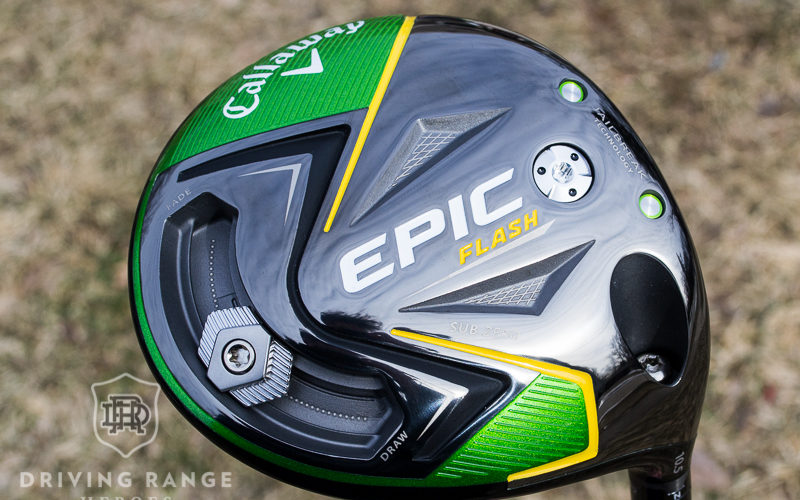
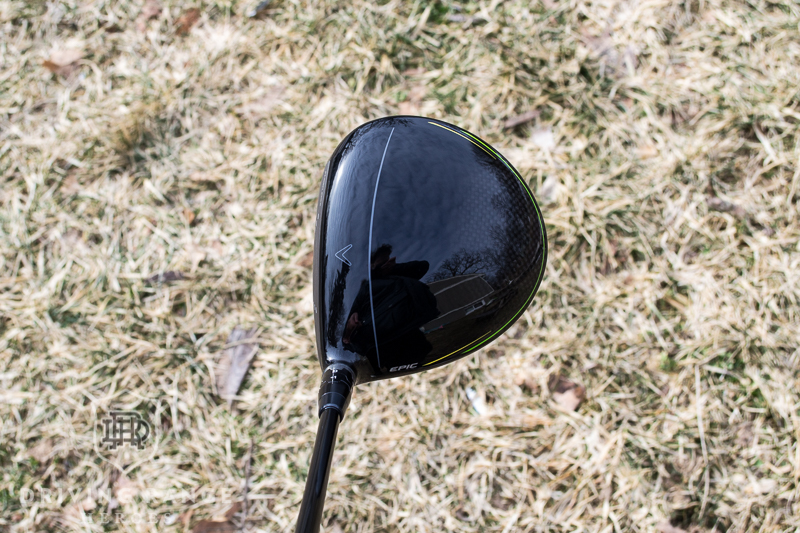
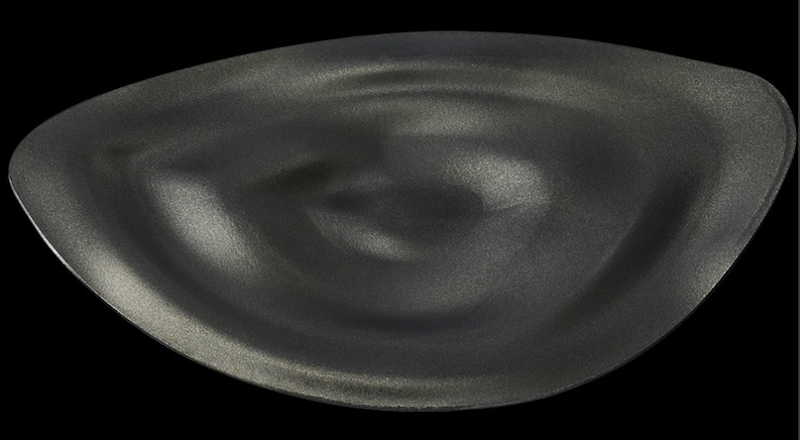
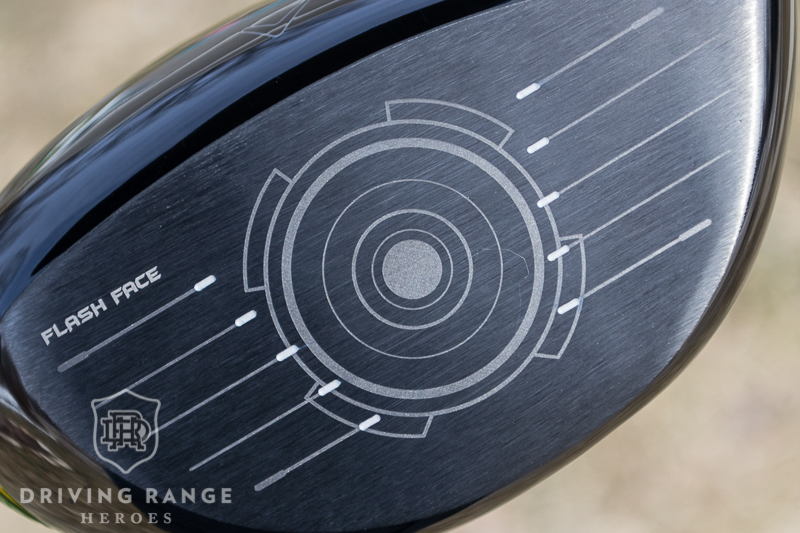
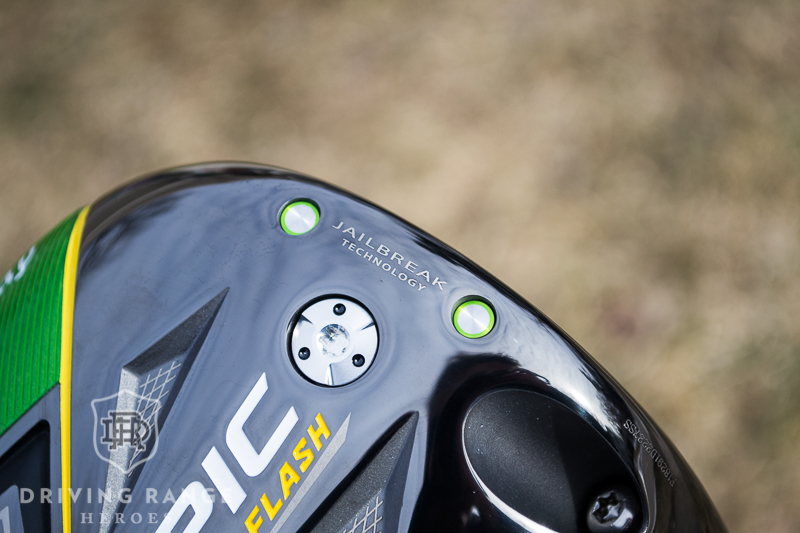

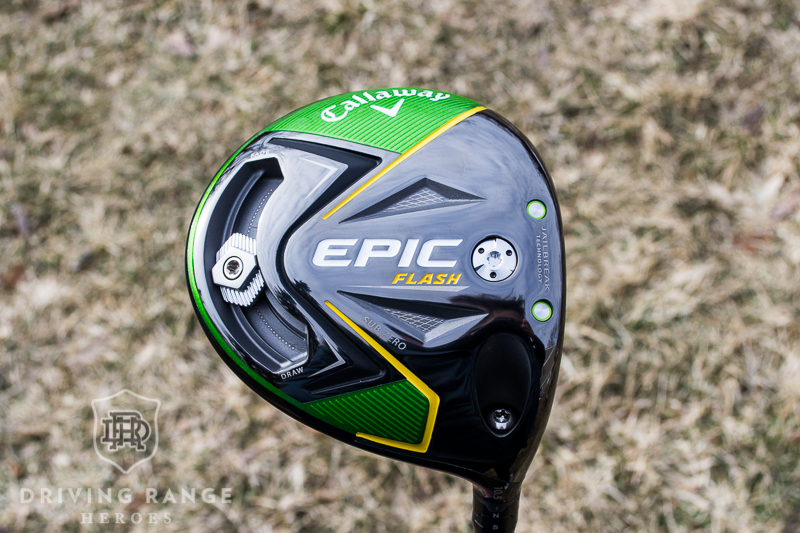
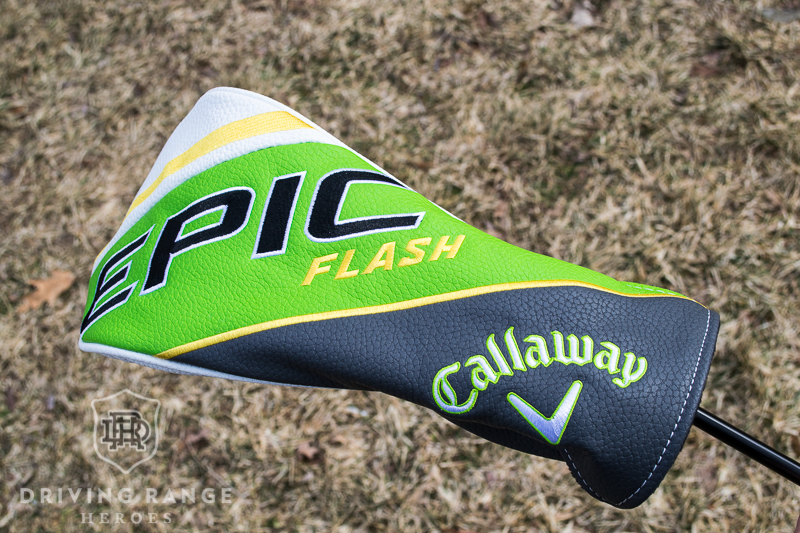
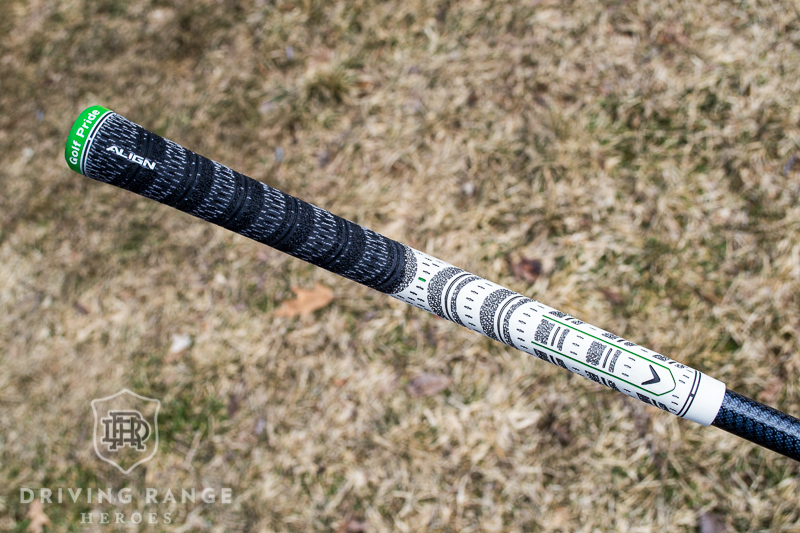
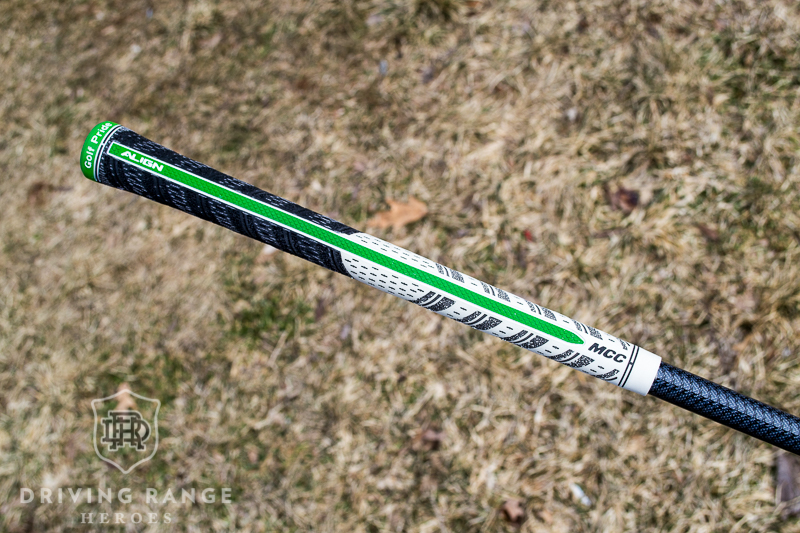

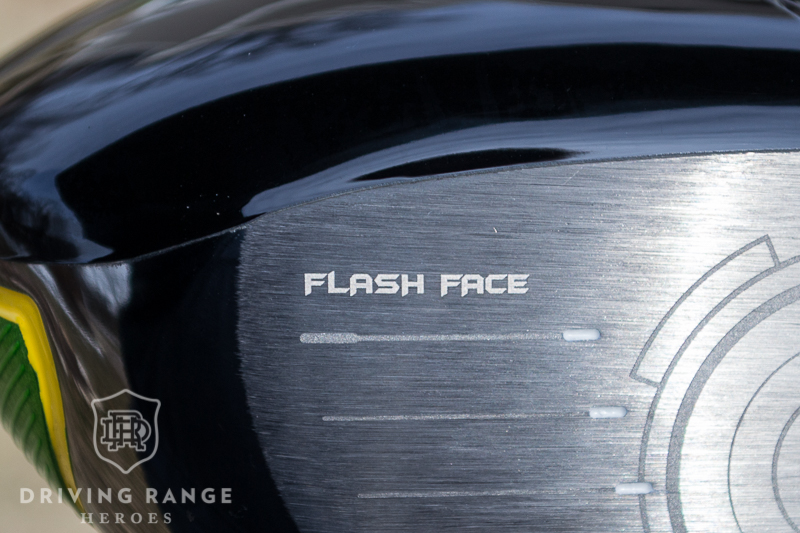

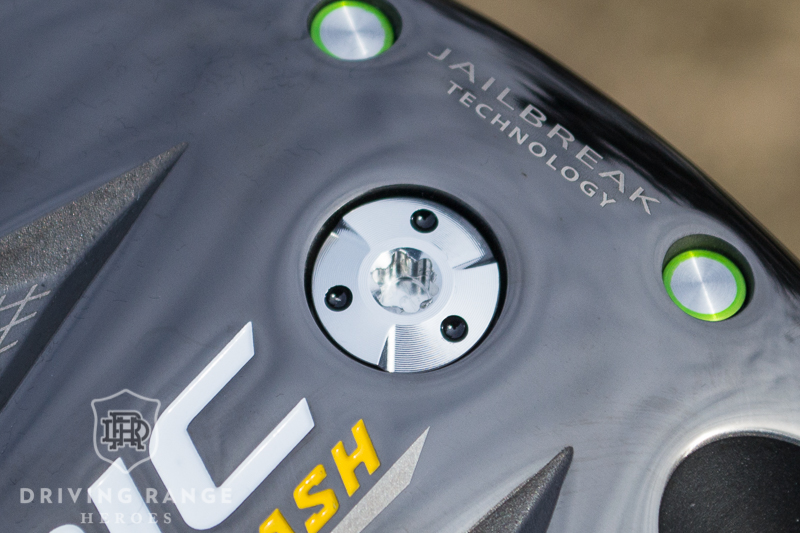
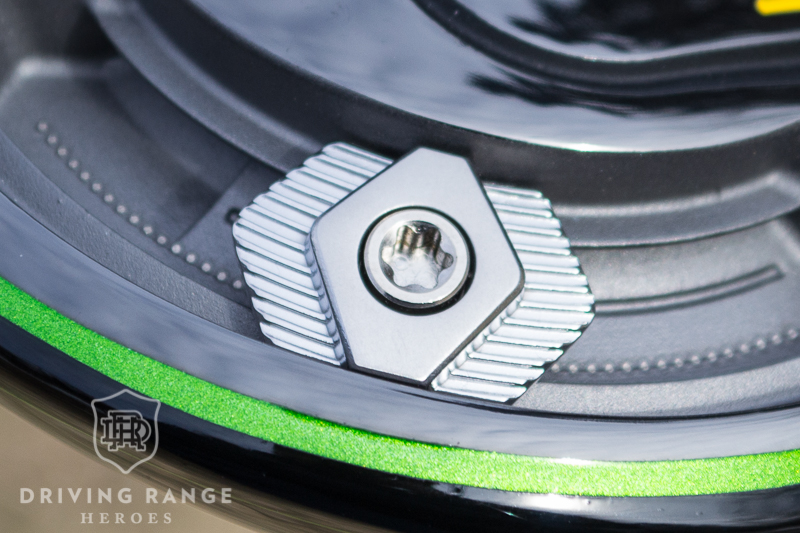
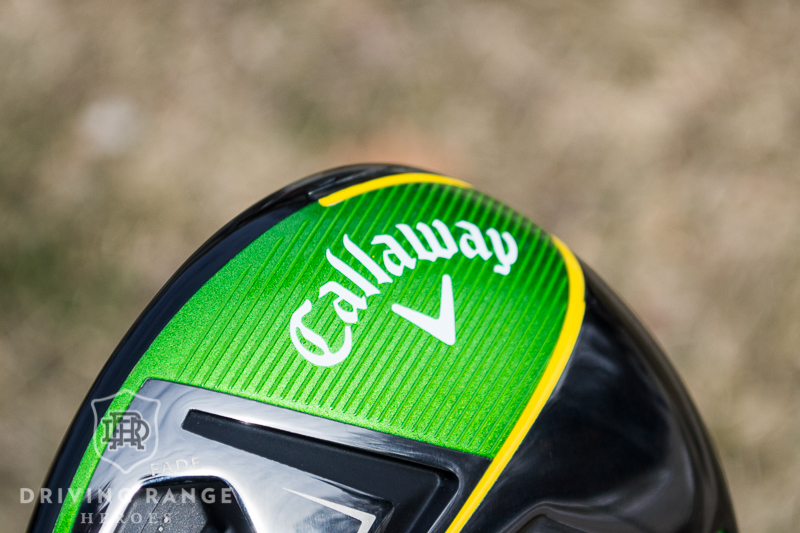
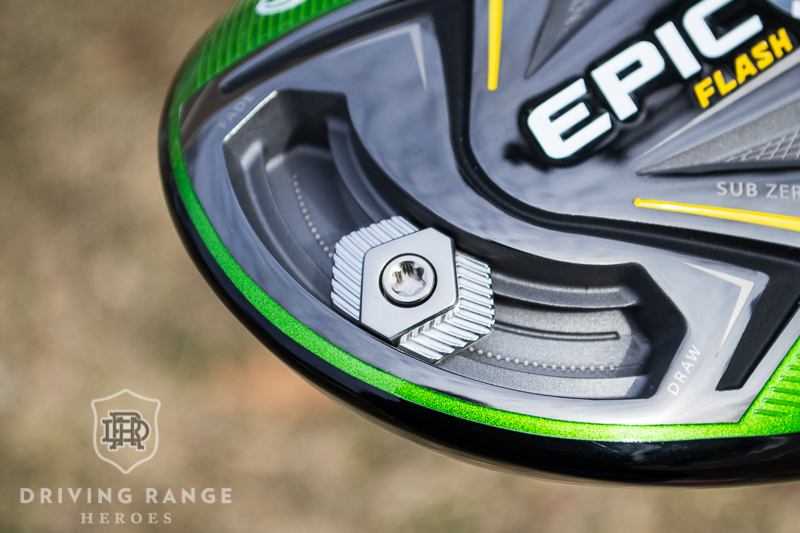

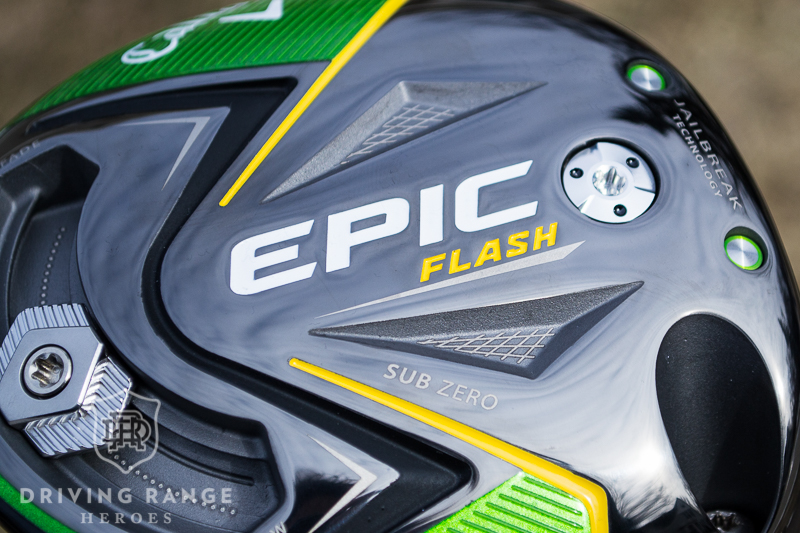
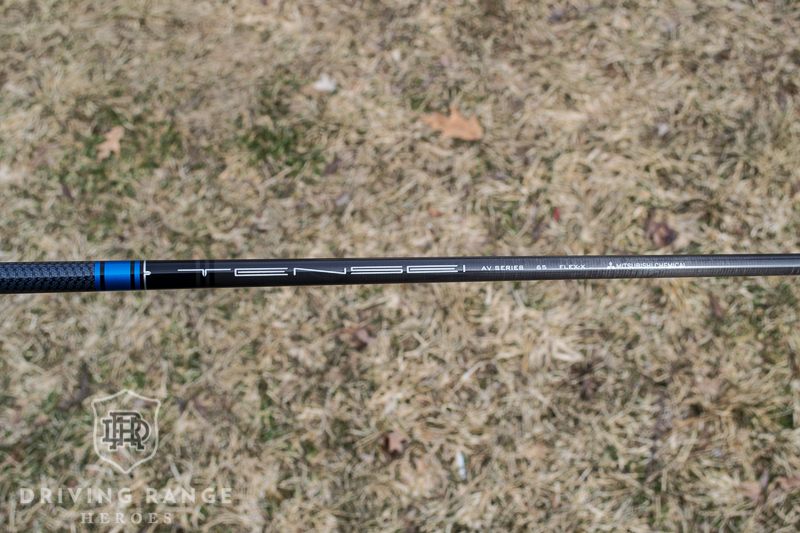
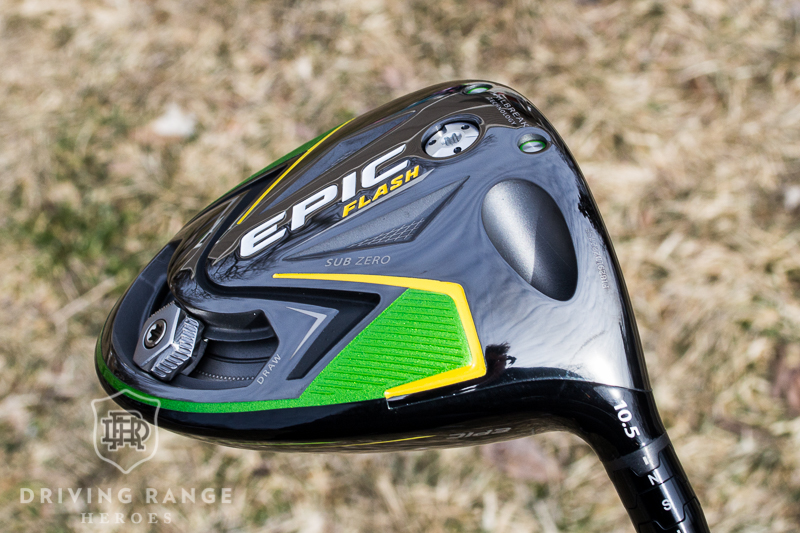
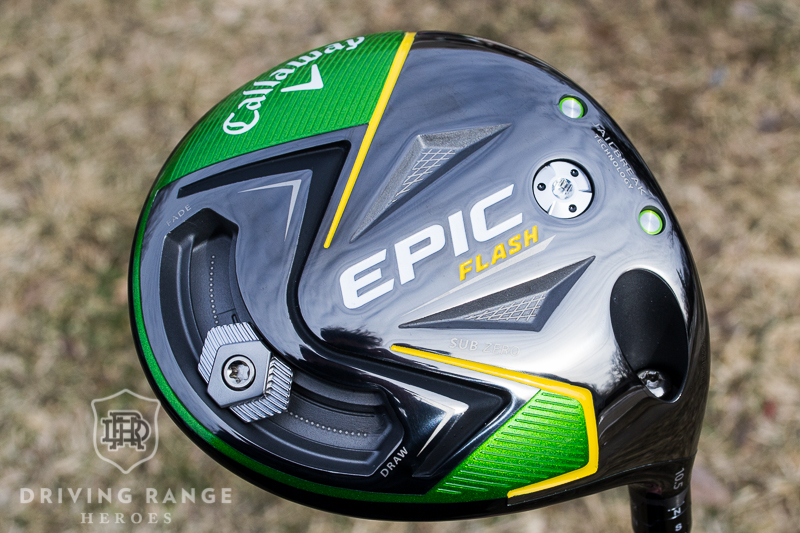
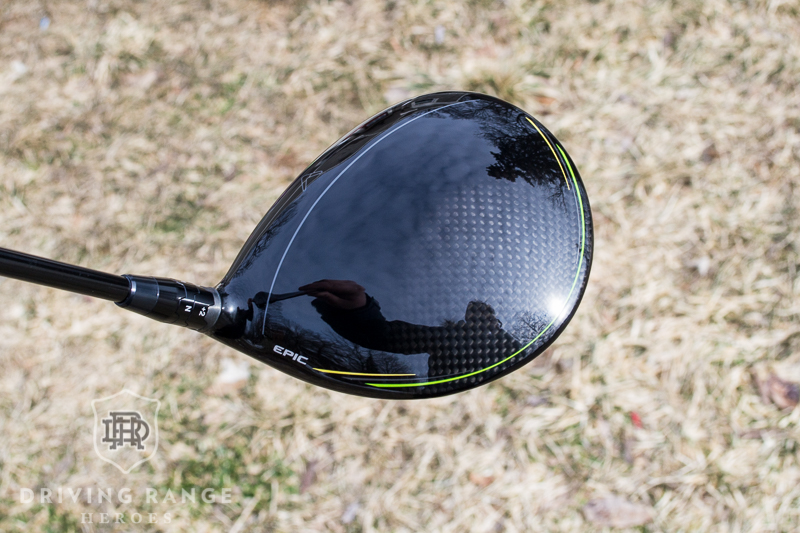
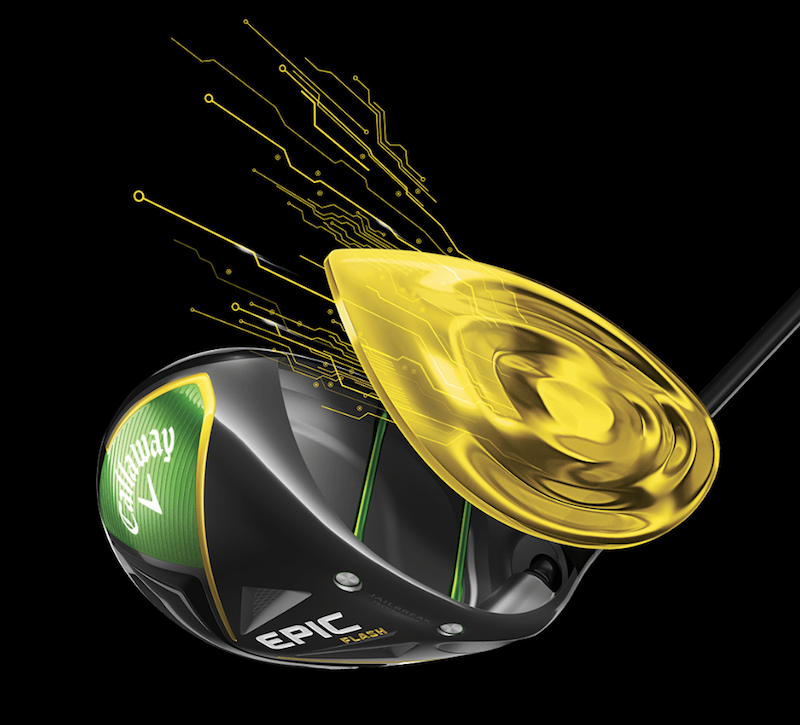
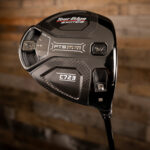

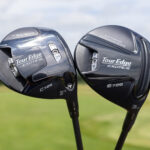
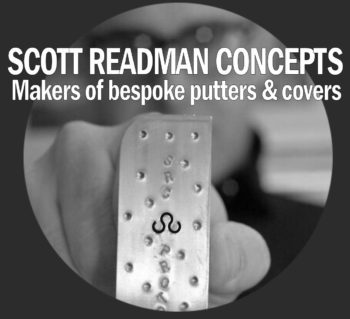











Hey Bill, where did you end up in terms of shaft for this head? And did you test adjusting the loft up to increase launch angle or even using the 10.5 head? Thanks.
I used the 10.5º head for testing. I don’t typically like to loft up via the adapters because I don’t like how the face tends to shut as a result, nor do I want to add spin. Lowering lofts, that’ll do. Ultimately, I can live with a 11.6º launch with some breathing room either direction.
I wouldn’t say I’m “done” in terms of shaft. The one I tested with just ended up being better for me than the stock Tensei blue. The point is more that it’s crucial to use a shaft that fits your swing/head combo well.
Ha, thanks for the response, Bill. And to the kind stranger coming to my support, I appreciate your efforts to help out.
You’re still rocking an Evo II, huh? I’ve still got the one you sold me a while back, though I can’t say it worked out as well for me. I need to dedicate some time to playing with the head weight, though, since the counterbalanced nature of the Evo II made it just feel “off.”
Anyways, thanks for the great content as always. I have really enjoyed making DRH a part of my regular golf content rotation. Keep up the good work.
Sean
Hey Sean,
Thanks for the kind words. Wouldn’t say I’m still rocking it. I thinned the herd of all the Evo 2s around when I sold you one. Only have two driver lengths left and one so happened to have a Callaway tip on it so I used that as my best fit option on hand.
Should I keep going down the Epic Flash SZ route, I’ll likely have a different shaft in there…but we’ll see.
Thanks for finding me here and stopping by regularly!
When you said you used “a little hotmelt” to modify the sound, where did you put it? What did it sound like after? Thanks
I guess I was a little ambiguous with that statement:
“The good news is that a quick hot melt will tone down the sound.”
I’m just saying that it could be done. I didn’t actually get it hot melted. If I were to do so, I’d probably bring it to my guys at my local Club Champion. I don’t have hot melt gear.
Hi, I used the 10.5* would you please tell me the result if lowering the loft to -1/N ? or should I continue use the standard loft ?
Thank you
Natt,
I can’t answer that whatsoever with the information you provided. Is there a problem with how you’re hitting it? Do you have an idea what your shot data looks like?
Bill
I recently bought an Epic Flash Sub Zero.
After having all kinds of trouble with another brand, Callaway is back in the bag.
My choice of shaft ended up being a Fujikura Fuel.
At 55 years old, it seemed like my swing was losing speed.
Driver was going around 245 total.
The Epic combo is now at 275 + total.
Great clubhead.